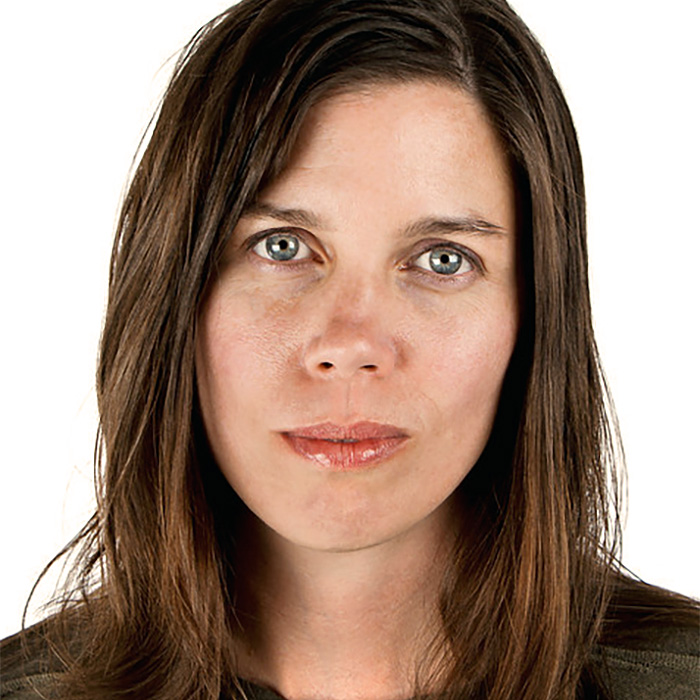Meaning Modes in Design: A Visual Tour
The emerging physical-digital amalgam of a world threatens to require us to behave in unnatural ways. The devices on our desks, in our hands, and on our wrists act like wormholes to information that demand our attention. Our attention will grow scattershot as information wormholes are designed into what we wear and the objects in our homes and the world around us. Now that we're also relying on designs to be part of us, to help coordinate our behavior, they will dictate our cadence, and what it feels like to move through the world. We don't want to feel like robots minding all the wormholes with the same degree of attention, in the same way. We are tribal hunter-gather poets, and we want to act like it.
As designers, we can recognize that the way we structure information directly impacts the meaning mode of our design, or the amount and kind of attention a design demands, and the cadence of behavior it promotes. Engaging a design can be quick, flowing like running water, without requiring direct attention, or it might flow like honey, compelling us to slow down and linger with our full attention. By being deliberate about how we structure information, designers can evoke particular meaning modes to suit the situation and make multi-tasking, or long-term and multi-modal engagements feel like superpowers instead of drains.
This talk visualizes how particular meaning modes emerge as people engage with the information in a design, and how we can tune them for not just screens, but things like voice, holograms, and material 3D. The way we ask people to engage may be new, but it can feel natural.
About Marsha Haverty
Experience Design Architect at Autodesk

We take the material that our speakers present seriously. Having said that, people have remarked that Fluxible has a somewhat quirky personality, and that we don’t necessarily do things in a straightforward or expected way. (Goats? Bagpipes? Hand planes? Q.E.D.)
Marsha Haverty, like all our speakers, connected with our overall vibe and approach. After a conversation about UX, conferences, and much else last autumn, it was clear that Marsha was someone who needed to present at Fluxible. And so we’re delighted she's joining us in 2016.
Marsha is experience design architect at Autodesk, thinking about underlying systems to help product designers and engineers work across applications and platforms. She began her career in 1999 as an information architect in an interactive agency setting, working with clients like Reuters, Grainger, Intel Labs, Microsoft, Cisco, and Urban Desires (one of the first online zines). She shifted to software in 2012, joining Tripwire, where she designed interactive visualizations and contextual classification systems to help information security executives understand the ever-changing security state of their enterprises. In 2014, she was named among 15 women in data to follow on Twitter by Center for Data Innovation.
With long-held interest in the evolution of IA/UX as a field, she has publications in Journal of the Association for Information Science and Technology, Praxicum, O'Reilly Radar (forthcoming), and Journal of Information Architecture (forthcoming). She has presented at Information Architecture Summit, CanUX, and IxDA Seattle.